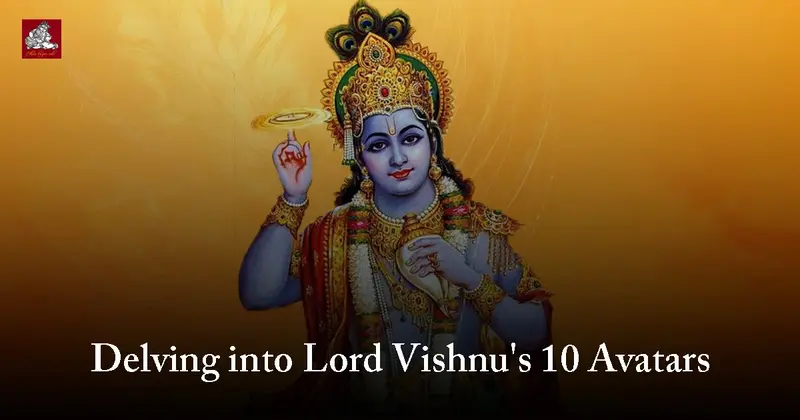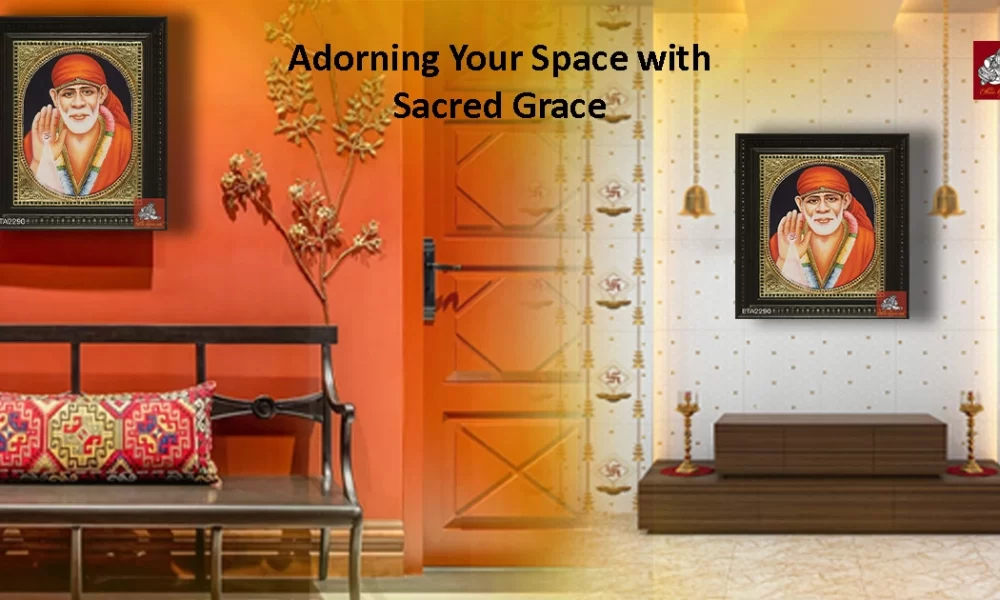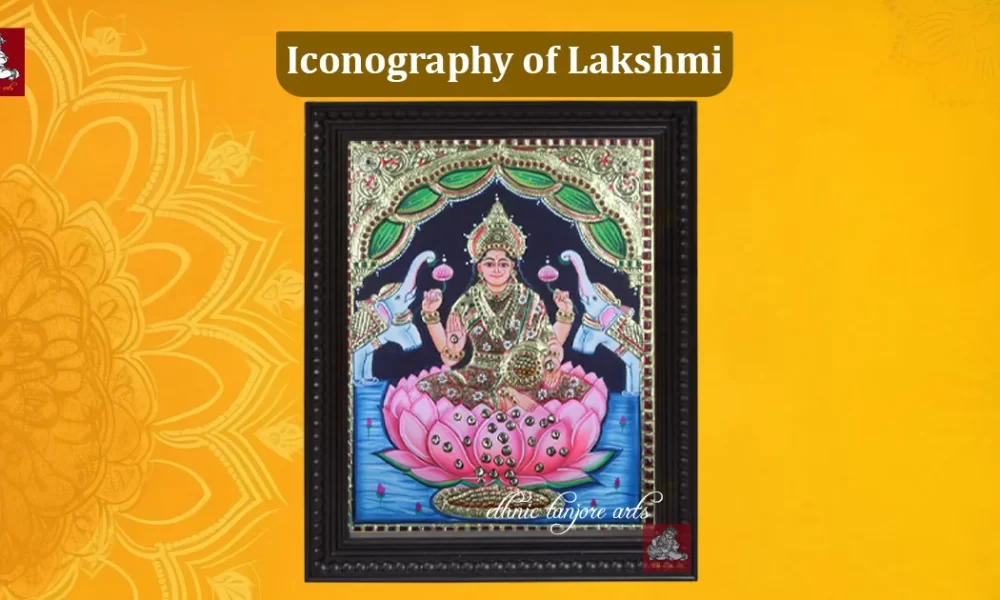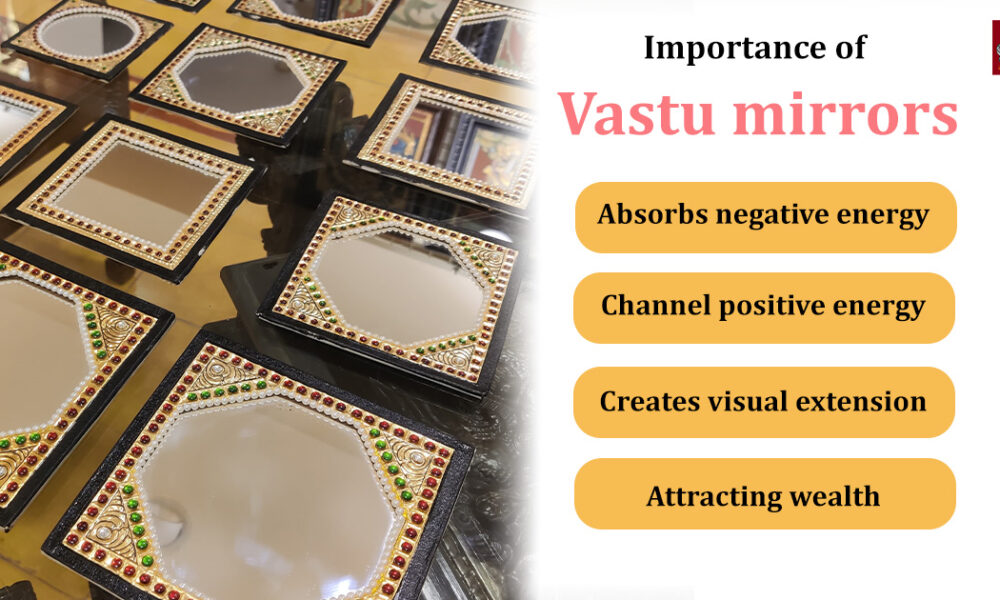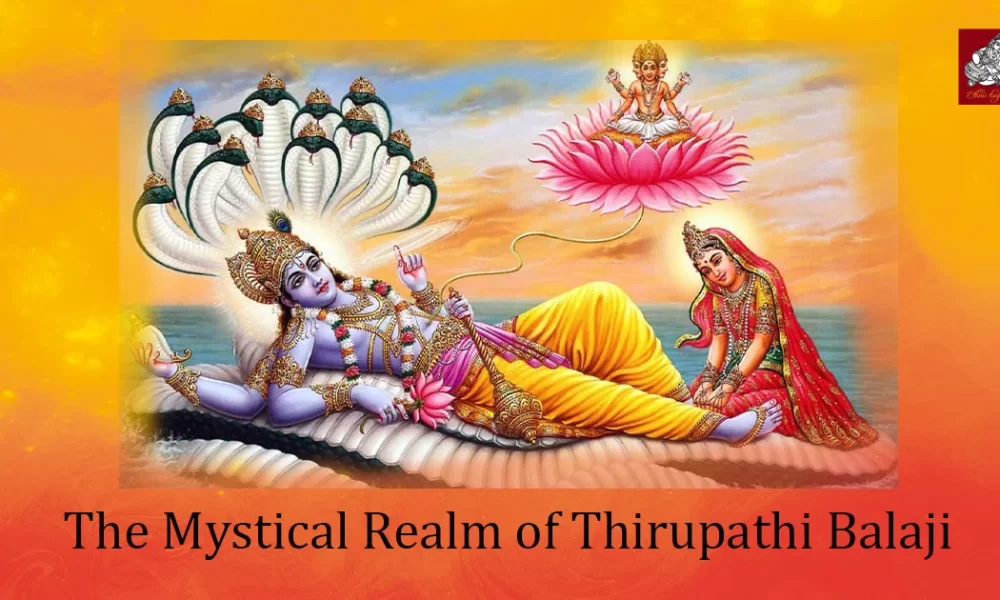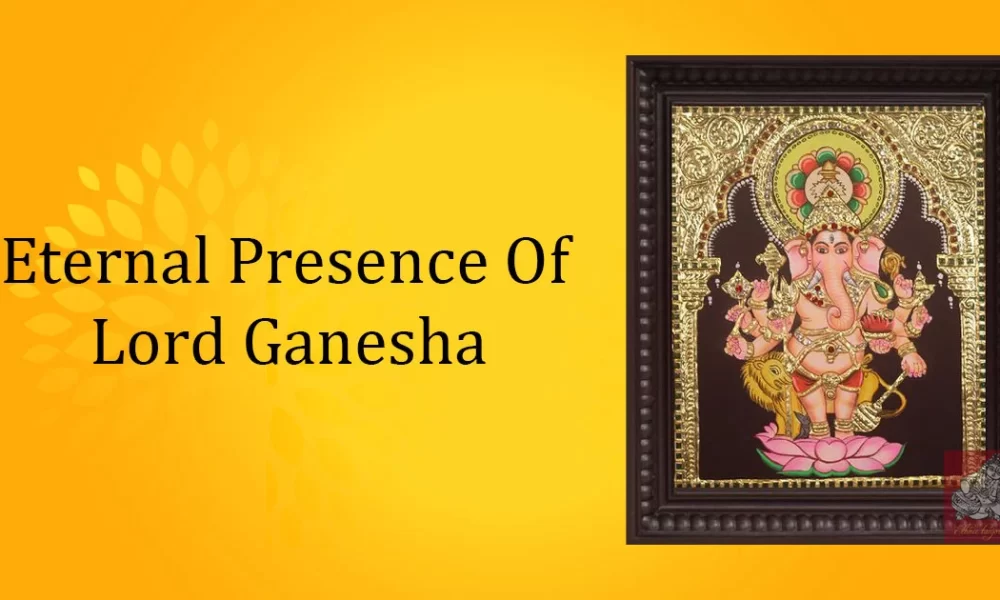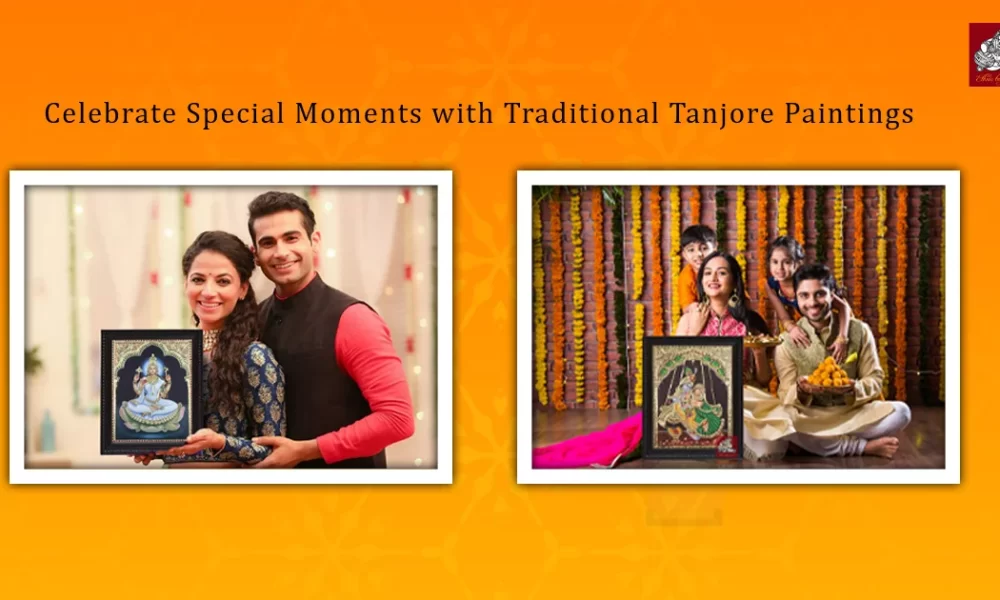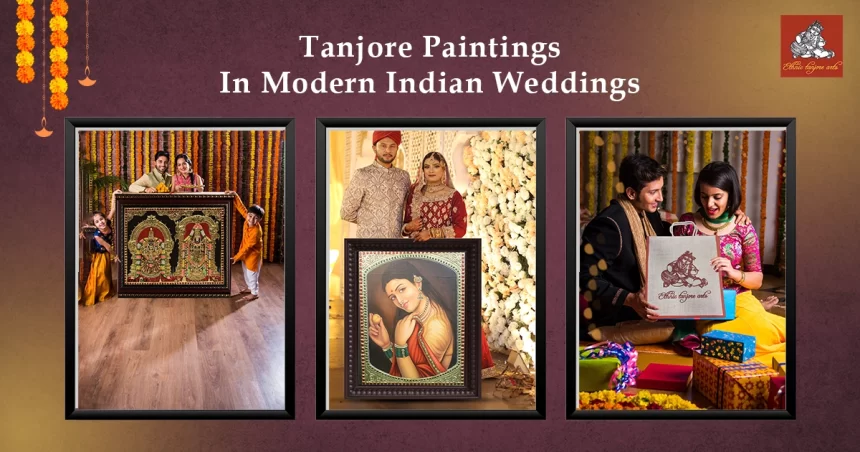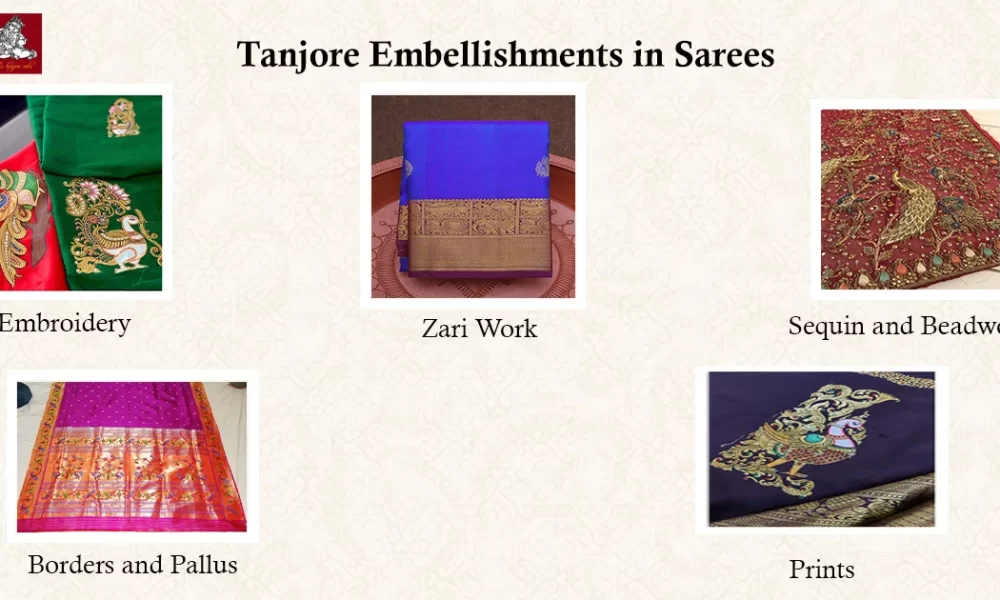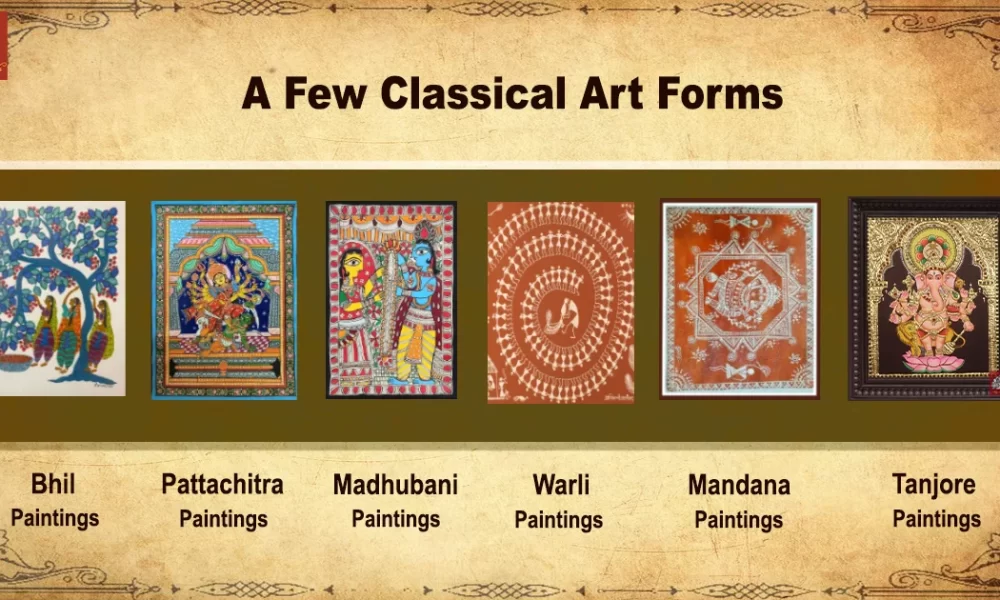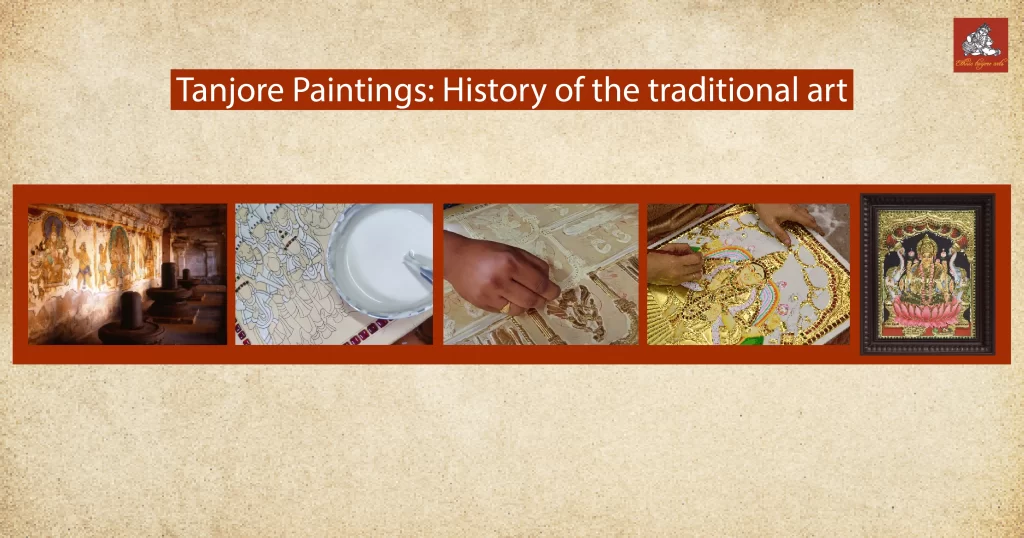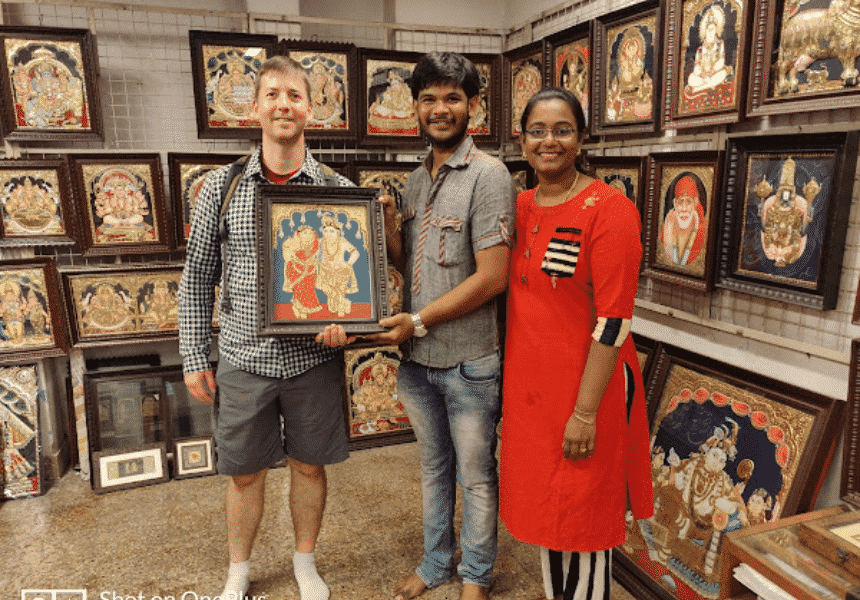Om Namo Narayanaya!
Vishnu Shasta Paramhansa!, Heartfelt wishes to Vishnu devotees and bhaktas, As we are eternally grateful to have you here, In this blog we are going to cover the wonders of Lord Vishnu and his 10 avatars. So explore this blog to accelerate your bhakti and know more about Lord Vishnu’s 10 avatars, have a great day!
Discovering the Matsya Avatar:
A fish-like avatar called Matsaya- Avatar is the first incarnation of lord vishnu’s 10 avatar, Where King Vaivastava Manu finds a little fish in his hands while performing Tarpana (water offering). The fish asks Manu whether his money and power can give the fish a nice home, so Manu keeps the fish to give it a home. But the fish keeps expanding, which breaks Manu’s pride and wealth, eventually, he releases the fish to the ocean realizing it’s Vishnu himself.
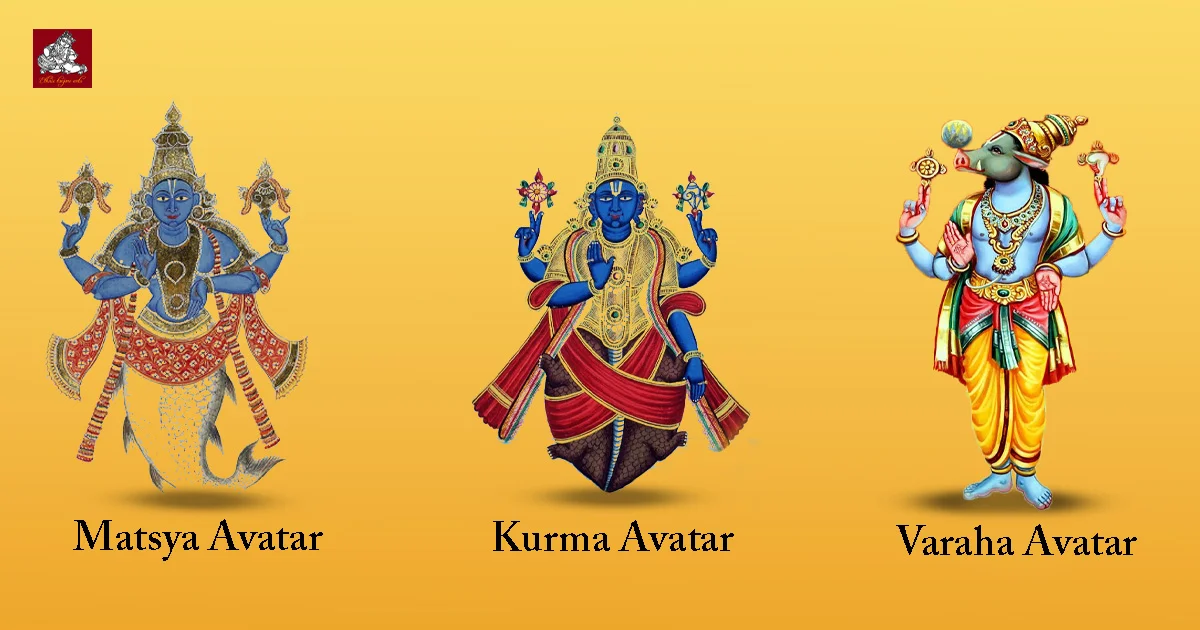
Vishnu informs Manu about the coming destruction of the world through fires and floods and orders Manu to collect all the world’s creatures and keep them safe on the boats built by the gods. When the Pralaya occurs (fires and floods) Vishnu appears as a great big fish to which Manu ties the boat, leading them to safety.
Diving into the Legend of Kurma:
The legend turtle/tortoise avatar. In the legend of the Samudra Mandana, the devas, and samundra manthana, the devas and asuras were churning the ocean of milk to obtain amrita, the nectar of immortality. They used the mountain Mandara as the churning shaft, which started to sink.
Vishnu took the form of a tortoise to bear the weight of a mountain to allow them to complete their task. Lord Vishnu worked alongside gods and demons to extract from the milk sea by churning it with his stick.
The Power of Varaha’s Divine Intervention:
Varaha avatar is the third incarnation of Lord Vishnu as Boar the gatekeepers of Vaikunta the abode of lord Vishnu called Jaya and Vijaya were cursed by Four Kumaras when they stop them from seeing Vishnu.
So they choose to be reborn as asuras as the advisories of Lord Vishnu. In the first birth, they were born as brothers called Hiranyakhsha and Hiranyakashibu, Varaha defeated Hiranyakhsa who had abducted the earth and by extension, the earth goddess called Bhumi carried it to the bottom of the cosmic ocean.
The battle between Varaha and Hiranyaksha is believed to have lasted for a thousand years, which the farmer finally won. Varaha carried the earth out of the ocean between the tusk and restored it to its place in the universe.
Discovering Narasimha’s Power:
The half-man/half-lion avatar is called the Narashima avatar, and Hiranyakashibu prosecuted everyone for their religious beliefs, including his son Prahlada, who was a devotee of Vishnu. The god protected the boy and could not be killed, thus being saved by several attempts to get harmed. Vishnu descended as an androphobic incarnation, with the body of a man and the head and claws of a lion. To know and worship the accurate form of appearances of Narasimha consider buying the tanjore paintings narashima. He disemboweled Hiranyakashibu and brought an end to the persecution of human beings, including his devotee Prahlada.
Understanding Vamana’s Sacred Role:
The Fifth incarnation of lord Vishnu is the Vamana avatar, the first avatar where an avatar looks like a human with an umbrella made up of wood. The grandson of Prahlada called Bali has defeated Indra’s rule over heaven, captured all his rule over the three worlds, and humbled the other deities. The gods appealed to Vishnu for protection and Vishnu appeared as Vamana and approached Bali during the yajna of the king, and Bali promised for whatever the Vamana asked.
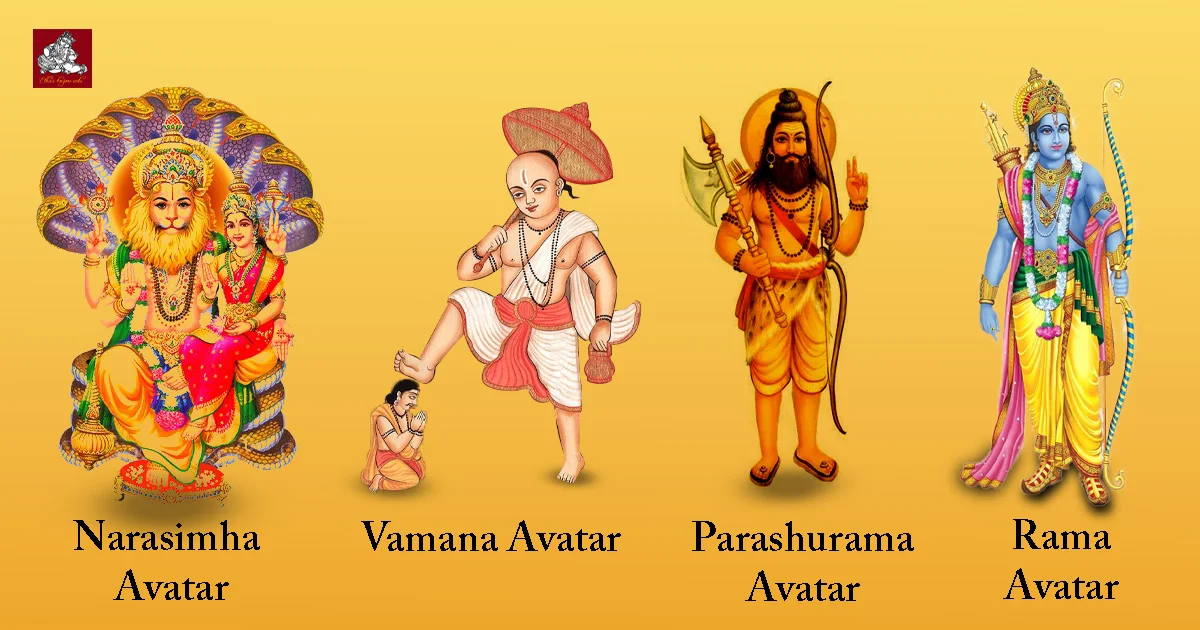
Vamana asked for three pieces of land and Bali agreed, then Vamana changed his appearance to a giant Trivikrama form. With the first stride, he covered the earthly realm, and with the second stride, he covered the heavenly realm thereby symbolically covering the abode of all living beings. For the third place, the king offered his head to place Vamana’s foot as Bali realized that Vamana was Vishnu’s incarnate and the avatar did so that Bali gained immortality and became the ruler of Pathala, the Netherworld.
Discovering Parashurama’s Might:
Parasuram was lord Vishnu’s sixth avatar, The avatar of the warrior. He is the son of Jamadagni and Renuka, and after making a sacrifice to Shiva, he was bestowed with an axe as a blessing. At one point, the hunting party led by King Kartavirya Arjuna stopped at the ashrama of Parashurama’s father, Jamadagni. With the assistance of the heavenly cow Kamadhenu, the sage was able to feed them all. Jamadagni declined the king’s demand for the cow. Furious, the monarch forcibly stole it, demolished the ashrama, and departed with the cow. Next, in the monarch’s palace, Parashurama slew the king and routed his army.
The sons of Kartavirya assassinated Jamadagni as payback. Parashurama vowed to murder every Kshatriya king on earth and journey twenty-one times around the globe, filling five lakes.
Discovering the Strength of Rama:
The Ayodhya monarch. He is regarded as the perfect man and the epitome of justice and is a frequently adored avatar in Hinduism.[40] His story is told in the Ramayana, one of the most-read Hindu texts. She was taken captive by the Lankan rakshasa and king Ravana when he and his brother Lakshmana and wife Sita were living in exile from their realm.
After traveling to Lanka, Rama defeated Ravana and rescued Sita. After arriving home, Rama and Sita were crowned. India celebrates the day of Prince Rama’s return to the kingdom of Ayodhya as part of the Diwali celebration.
Discovering the Magic of Krishna:
Krishna was the foster son of Yashoda and Nanda and the seventh son of Devaki and Vasudeva. He is a widely revered Hindu god who is born to kill his oppressive uncle Kamsa. He is a significant character in the Mahabharata, best known for pulling Arjuna’s chariot during the Kurukshetra War. He is the embodiment of several virtues, including duty, love, compassion, and playfulness.
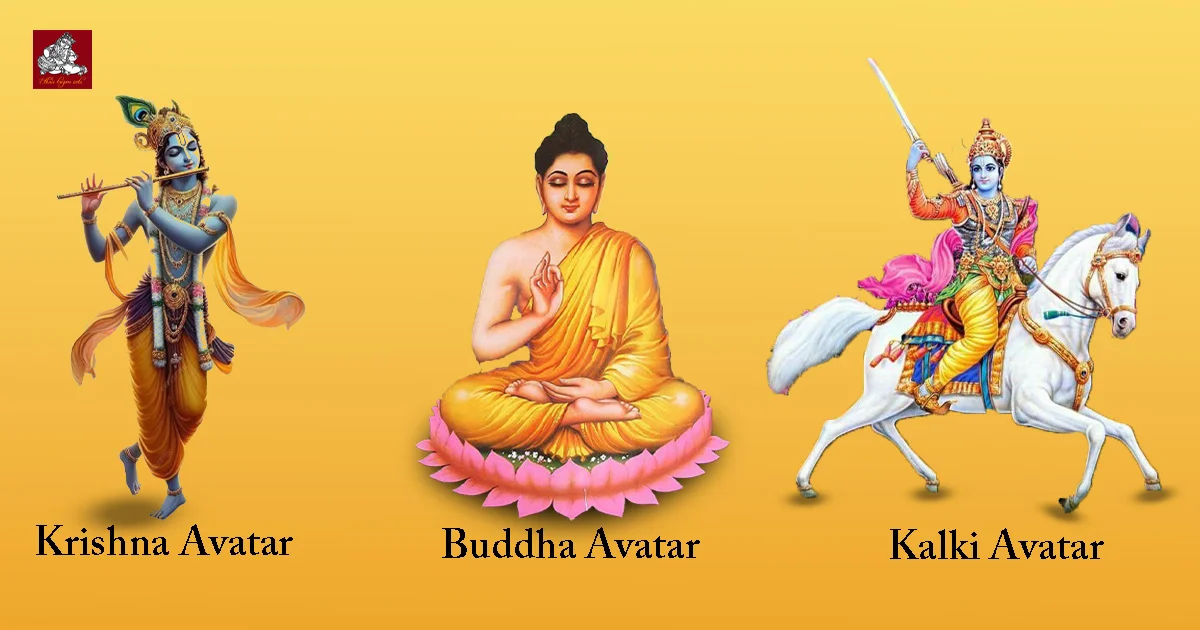
On Krishna Janmashtami, which falls in late August or early September of the Gregorian calendar, Hindus commemorate Krishna’s birthday annually under the lunisolar Hindu calendar. The flute is typically held by Krishna in his depiction. The Bhagavata Purana, the Mahabharata, and the Bhagavad Gita all feature Krishna as a major character. To worship the authentic Krishna portrait we highly recommend you for a tanjore painting krishna as they have followed the Cultural heritage and rich craftsmanship skills.
Journeying with Buddha:
In Hinduism, Gautama Buddha, the founder of Buddhism, is frequently regarded as a manifestation of Vishnu. In Hindu texts, Buddha is sometimes portrayed as a preacher who misleads and guides heretics and asuras off the Vedic road; yet, another interpretation regards him as a kind teacher who advocated for ahimsa, or non-violence
In many Hindu astrological almanacs and temple sculptures in Maharashtra and Goa, the image of Vithoba takes the place of Buddha as Vishnu’s ninth avatar.
Some Odia literary works from Odisha have Jagannath instead of Buddha portrayed as the Ninth avatar.
Kalki Chronicles – Tales of the Final Avatar:
Each Kali Yuga ends with the appearance of Kalki, who is said to be the last incarnation of Vishnu. His sword will be drawn and blazing like a comet, and he will be on a white horse. He emerges when dharma has disappeared and only chaos, wickedness, and persecution rule; he finishes the Kali Yuga to begin the Satya Yuga and a new cycle of existence.
Conclusion:
Examining Lord Vishnu’s ten avatars offers significant insights into the nature of existence, the cycle of life, and the never-ending conflict between good and evil in addition to a rich tapestry of mythology. With its traits and functions, every avatar is a lighthouse of knowledge and direction for the human race.
The voyage through these divine incarnations, from Matsya, the fish avatar, to Kalki, the avatar that is still to come, is proof of the divine’s limitless creativity and compassion. As we explore the tales of Vishnu’s avatars in greater detail, we not only solve the universe’s riddles but also realize how timeless their lessons are for our contemporary world.
These 10 avatars are predominantly called “Dasavatharam” and to buy Dasavatharam Tanjore paintings We would like to introduce you to our website called Ethnic Tanjore Arts as it has the original authentic format of avatars carved by following the rich cultural rules.

